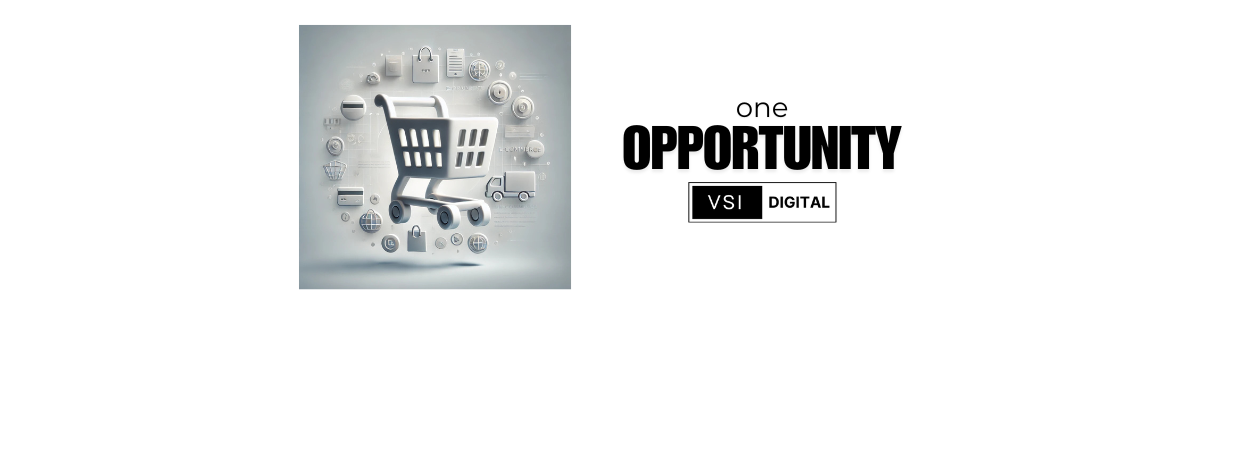Why Opportunity is the Ideal Framework for E-commerce Success
Laravel is an excellent framework for building e-commerce platforms. Its robust features, modular structure, and rich ecosystem make it a top choice for developers. Here’s what makes Laravel stand out for e-commerce
Advantages of Laravel for E-commerce
- Scalability:
- Laravel can handle small e-commerce stores as well as large, enterprise-level platforms. Its flexibility allows you to scale your application as your business grows.
- Rich Ecosystem:
- Laravel has a vast ecosystem, including tools like Laravel Nova, Laravel Cashier (for subscription billing), and third-party packages tailored for e-commerce, such as Bagisto, Aimeos, and Vanilo.
- Customization:
- Laravel offers complete control over the architecture, allowing you to create tailored solutions for unique business requirements. This flexibility is ideal for custom ecommerce features like advanced filtering, dynamic pricing, or bespoke checkout flows.
- Security:
- Built-in features like CSRF protection, hashed passwords, and SQL injection prevention ensure that your e-commerce platform is secure for transactions and user data.
- API-Ready:
- Laravel simplifies the creation of APIs, which is essential for integrating mobile apps, third-party services, or creating a headless e-commerce setup.
- Blade Templating:
- The Blade templating engine helps in building dynamic and user-friendly e-commerce interfaces efficiently.
- Community and Documentation:
- Laravel has a large and active community, meaning you can find solutions, tutorials, and ready-made packages to speed up development.
- Testing and Debugging:
- Laravel supports automated testing, making it easier to ensure the reliability of your e-commerce application.
Notable Laravel E-commerce Packages
- Bagisto: A complete e-commerce platform built on Laravel and Vue.js. It offers multi-vendor support, inventory management, and a modern admin panel.
- Aimeos: A high-performance package for Laravel that supports complex e-commerce features like multi-store and multi-channel setups.
- Vanilo: A modular e-commerce system that integrates seamlessly with Laravel for more lightweight setups.
When to Choose Laravel for E-commerce
- When you need custom solutions that aren’t easily achievable with off-the-shelf platforms like Shopify or WooCommerce.
- If you have a skilled Laravel developer or a team familiar with the framework.
- When scalability, security, and API integrations are critical.
Challenges
- Development with Laravel might require more time and resources compared to using pre-built platforms like Magento or Shopify, especially if you’re looking for a quick launch.
- Requires skilled Laravel developers, which can increase costs initially.
Overall, Laravel is a solid choice for building a modern, secure, and scalable e-commerce platform tailored to your needs. Would you like recommendations on specific tools or libraries for your project?
Σ WHY.
Laravel’s speed and performance advantages stem from several well-thought-out features and mechanisms within the framework. Here’s why Laravel is considered “incomparably fast” compared to other platforms for certain use cases:
1. Efficient Routing and Middleware
- Laravel’s routing system is optimized for speed.
- Middleware allows you to filter and preprocess requests, improving efficiency by handling only necessary operations.
2. Caching Capabilities
- Laravel supports caching out of the box, including drivers like Redis, Memcached, and File Cache, which significantly speeds up data retrieval.
- Developers can cache routes, configurations, and views to reduce processing time for repeated operations.
3. Lazy Loading and Eloquent ORM Optimization
- Laravel uses Eloquent ORM, which supports features like lazy and eager loading of relationships.
- With proper optimization, developers can reduce database query execution time, avoiding the “N+1 query problem.”
4. Artisan Command-Line Interface
- Laravel’s Artisan CLI enables developers to automate repetitive tasks efficiently, saving development time and optimizing workflow.
5. Dependency Injection and Service Containers
- Laravel’s service container provides dependency injection, which makes it faster to resolve classes and dependencies dynamically, without repetitive initialization.
6. Blade Template Engine
- Blade templates are lightweight and pre-compiled. This reduces the overhead of parsing PHP templates during every request.
7. Scalability with Queue Management
- Laravel provides a robust queue system for deferred jobs (e.g., sending emails, processing data). By handling these tasks asynchronously, it minimizes delays in request responses.
8. Performance-Optimized Features
- Laravel includes tools for fine-tuning performance:
- Route Caching: Pre-compiles routes into a single file for faster execution.
- Config Caching: Compiles configuration files into a single, cached file.
- Event Broadcasting: Powered by WebSockets, allowing near-instant updates without polling.
9. Modular and Lightweight
- Laravel’s modular structure ensures that only required components are loaded. This minimizes bloat compared to heavier platforms like Magento.
10. Advanced Database Management
- Laravel supports raw SQL queries and database migrations, enabling developers to craft optimized queries for maximum performance.
- It works seamlessly with multiple database systems, ensuring compatibility and speed.
11. Optimized for Modern Hosting
- Laravel is built with modern hosting in mind. It works exceptionally well with services like:
- NGINX for high-speed serving.
- Varnish for HTTP caching.
- Cloud platforms with auto-scaling capabilities.
Why Laravel Beats Other Platforms
- Flexibility: Platforms like Shopify or WooCommerce are limited by their prebuilt systems. Laravel allows you to create precisely what you need.
- Built-in Optimization: Unlike general-purpose CMS platforms (e.g., WordPress), Laravel is crafted specifically for custom application development, eliminating unnecessary overhead.
- PHP Framework Optimization: Compared to other PHP frameworks, Laravel strikes a balance between developer experience and raw performance.
Enhancing Laravel’s Speed Further
To maximize speed, developers can:
- Use advanced caching mechanisms (e.g., Redis or Memcached).
- Implement content delivery networks (CDNs) for static assets.
- Leverage Laravel Octane, which optimizes performance by running the application on Swoole or RoadRunner.
In summary, Laravel’s speed comes from its modern architecture, caching, efficient database handling, and compatibility with advanced tools and hosting environments.


